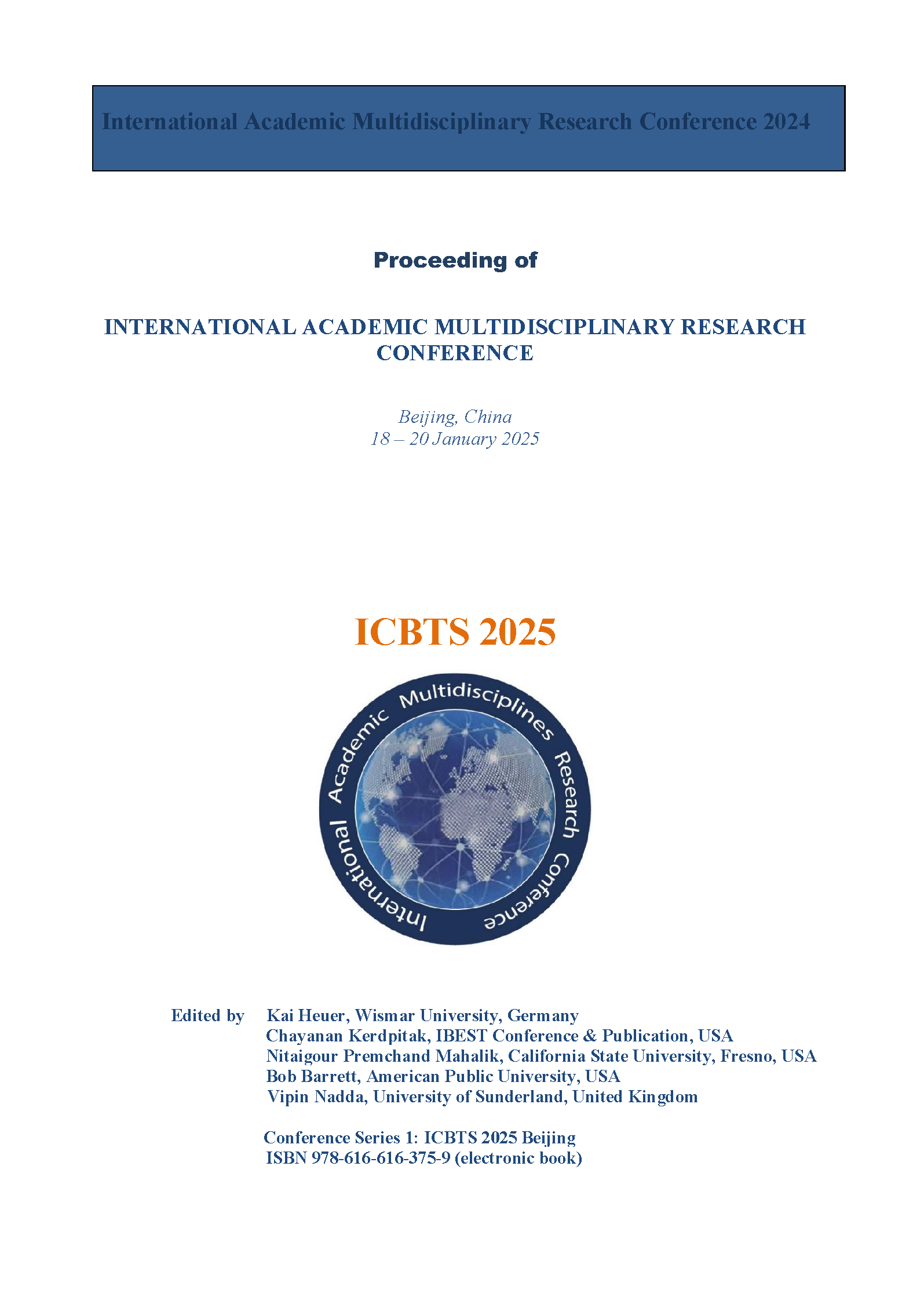The Role of Puyo Subdistrict Administrative Organization in Managing Village Water Supply Issues: A Case Study of Kok Sue Da Village, Puyo Subdistrict, Su-ngai Kolok District, Narathiwat Province
Abstract
This article aims to 1) analyze the role and responsibilities of the Puyo Subdistrict Administrative Organization (SAO) in managing the water supply issues of Kok Sue Da Village, 2) identify problems and obstacles in the SAO's management of the water supply, and 3) propose guidelines for improving the management of village water supply systems. This is a qualitative study using semi-structured interviews, document reviews, observation, and data collection from 10 key informants, including SAO executives and local residents. The data was analyzed using inductive summary analysis. The research found that the Puyo SAO plays a key role in managing the village water supply system, including establishing village committees, allocating budgets, and fostering cooperation among relevant agencies. However, several issues were identified: the village water committee lacked a clear structure, and the budget allocated for water supply management was insufficient to address the problems. Additionally, residents disposed of waste in water sources, causing debris to clog the water pump, which reduced pumping efficiency. The water also became contaminated with waste-related pollutants, resulting in cloudy and red-colored water. The study proposes several recommendations: strengthening the infrastructure of the water supply system, clarifying the structure and responsibilities of the village water committee, ensuring adequate budget allocation for water management, and engaging local communities in discussing water supply issues and solutions.


